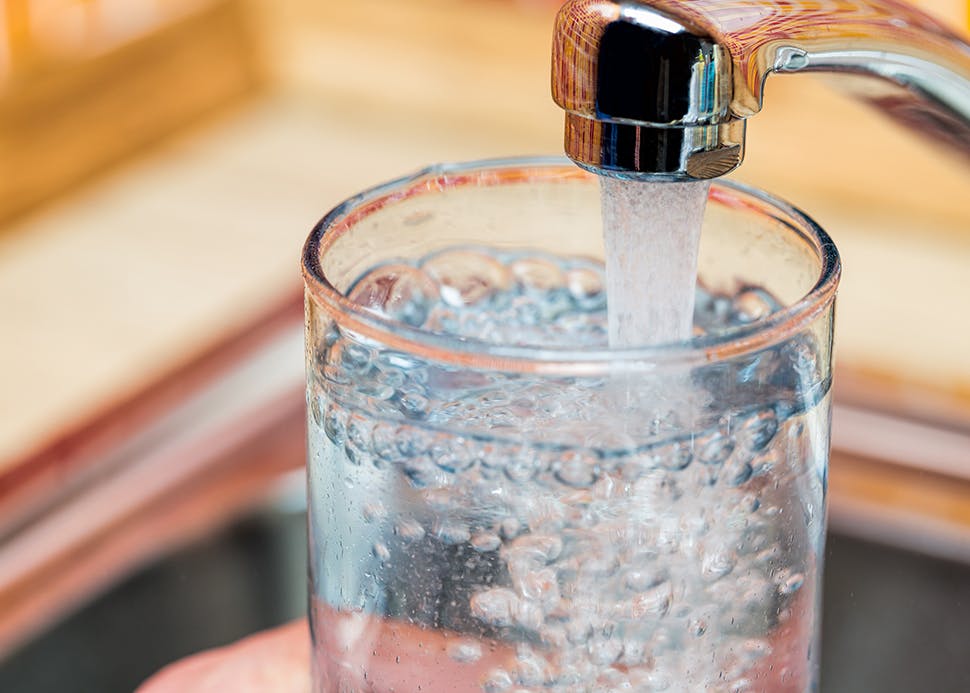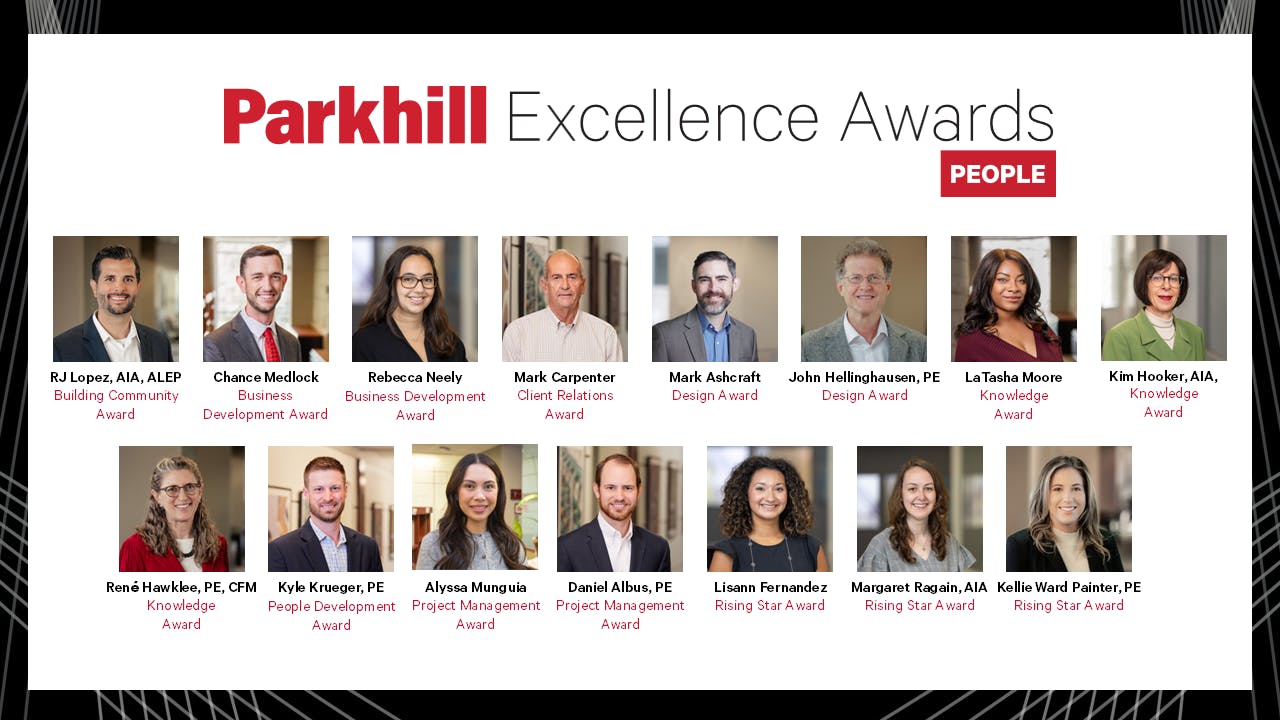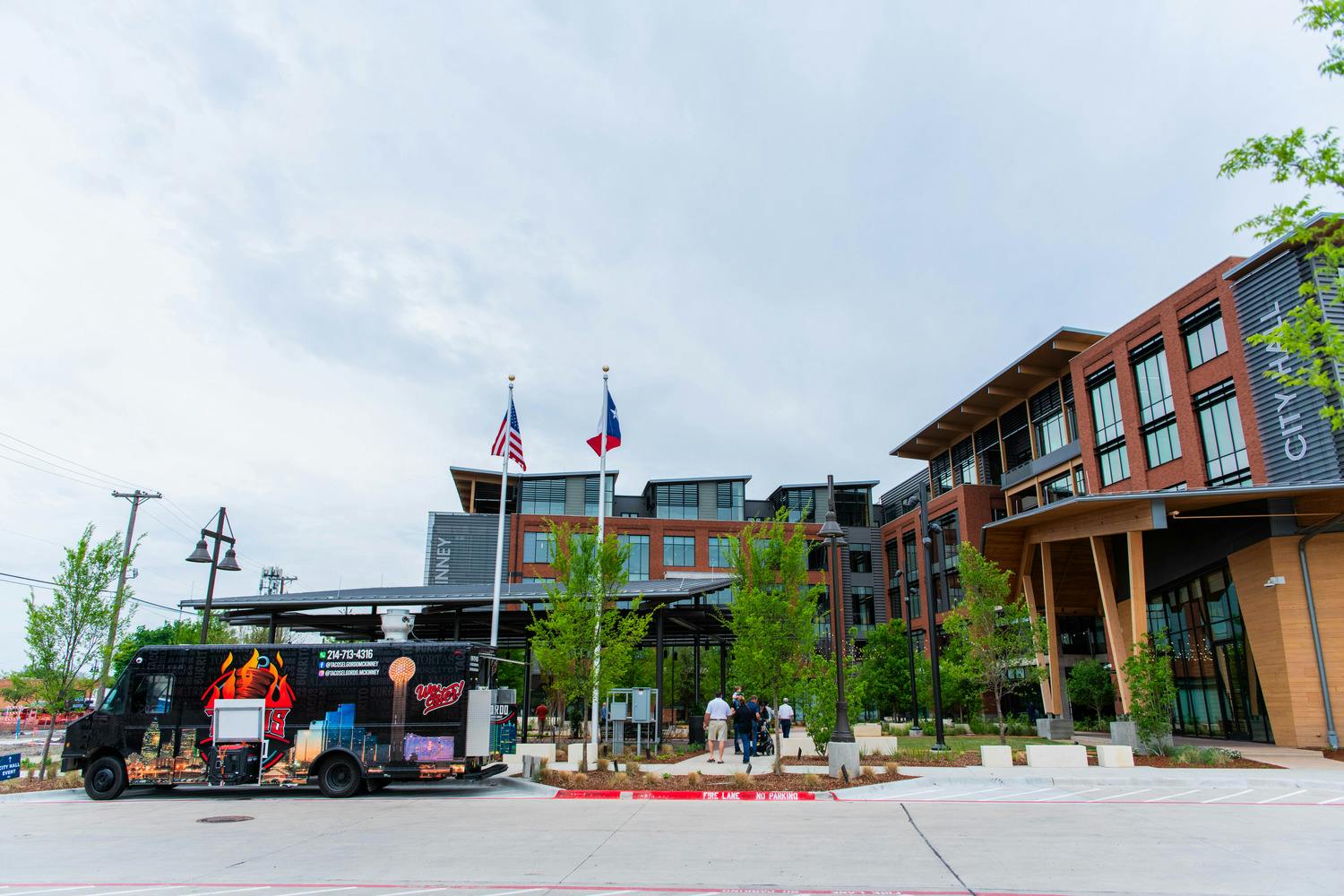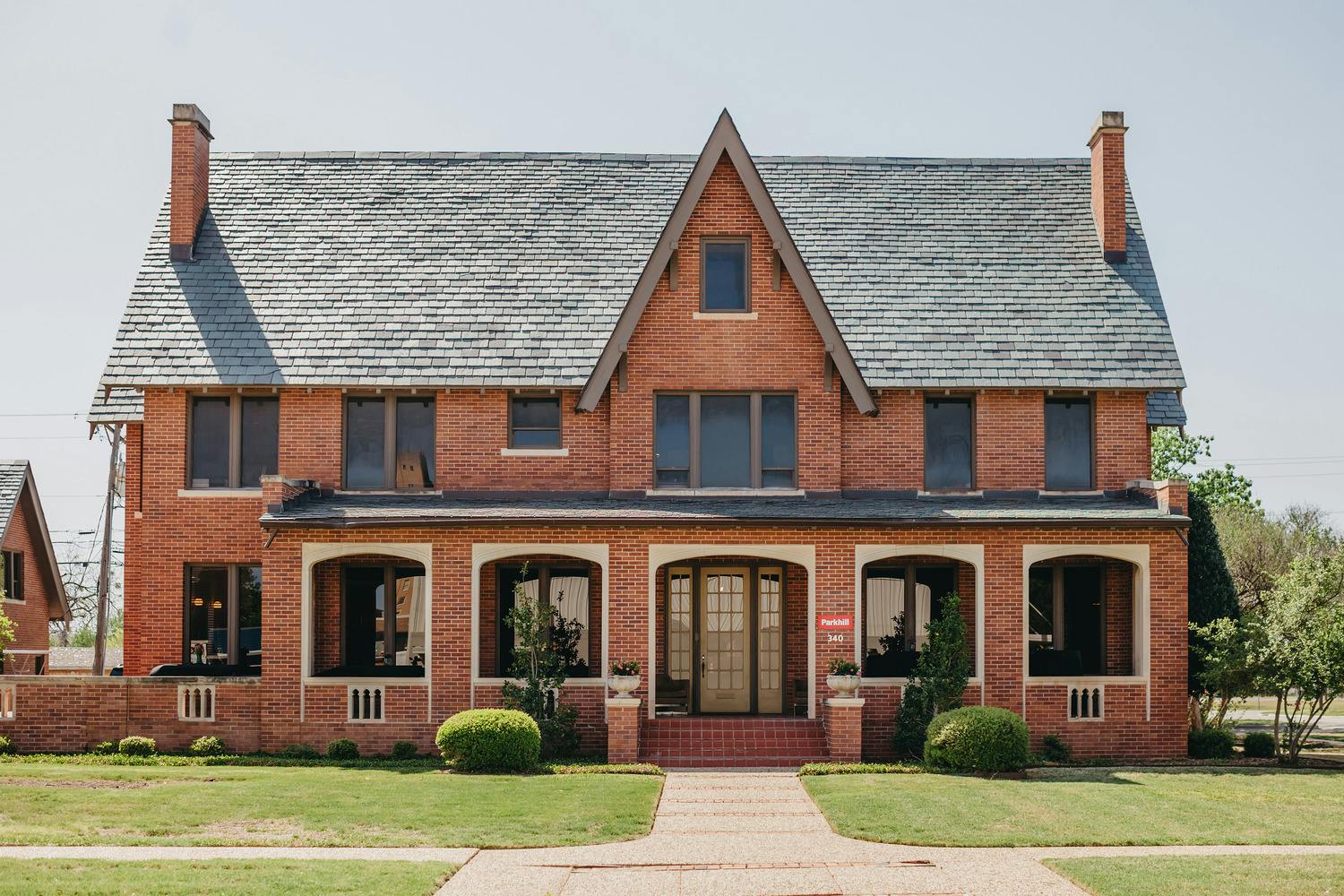Turning on the Tap: Improving Lives With First-Time Water Services
Category: Engineering
Written By: Kimberly LaBree, PE
Date: February 22, 2018

As a normal daily routine, we all use water to wash our hands, shower, drink, and cook. We also all create waste (wastewater), whether it is by using the restroom, washing dishes, or washing clothes. These are necessities in our daily lives, but have you ever stopped to think about where this water comes from? Where does the waste go? Most people don’t think about the infrastructure that is installed underground. Most of us are lucky to have these services and not have to worry about it. However, some people do not have these services. Some residents must pump water from wells or are connected to a private system and do not have adequate drinking water. Some residents use failing septic systems and cannot afford to replace them or have no room to replace them, leading to contaminated groundwater.
As an engineering student and even through my few months at Parkhill, I had never really thought about existing communities needing these services. When we think of engineering, we think of bridges and structures, not infrastructure. Even if you think about a great infrastructure project, 60-mile pipeline jobs or large-diameter pipelines come to mind. These were the projects that made me want to become an engineer. However, when you ask me what I love most about engineering now, it is helping these small communities receive first-time water and first-time wastewater services. My love for helping small communities started in Canutillo, Texas.
I had been to the Outlet Shoppes Mall in Canutillo many times and always noticed there was a community behind it with older houses and a newer subdivision. Never once did I ever question if these people had water. Then, we received a project to do a report on an area just northwest of the Outlet Shoppes Mall. This report was to study the area and to show that this area needed financial assistance for water and wastewater services. This area consisted of four streets containing 42 lots. These residents were sharing multiple water wells and septic systems. The surrounding community had been provided water and wastewater services, but this community was missed due to the area not meeting model subdivision rules. When applying for funding, we ran into some other issues. Of the four streets that we were trying to serve, two of the roads were unpaved and were owned by multiple property owners. Some of the lots had multiple dwellings, which did not meet model subdivision rules. The process was long, and we worked with the county, El Paso Water, and the residents to overcome some of these challenges. The report was approved, and the project was designed and is currently under construction.
Since this project, I have helped other small communities look for funding and helped design their systems. It was through the many meetings that I attended and talking to the residents that I realized how much passion they had for their community and the project. I loved seeing the joy in the resident’s eyes when they found out that this project that had been planned for years was finally going to become a reality, and their lives were going to be a little better. It is simple things like this that we sometimes take for granted that will make someone’s life a little easier or better. That is what engineering is, and that is why I became an engineer to help the community–to make people’s lives a little easier.

Kimberly LaBree, PE, works with Parkhill’s Water Resources Sector. In 2020, she received the Young Engineer of the Year Award from the El Paso Chapter of the Texas Society of Professional Engineers (TSPE). She was the manager of the Canutillo water and wastewater design and has been recognized for her work with the Borger Northwest Well Field Project, which she and another engineer presented to the Texas Water Conference in 2016. Kim has a passion for getting clean water to people in need, specializing in funding processes.


